External Wall Insulation Cost
Last updated 26th June, 2025
If you live in a property that was built before the 1920s, it is likely that you have solid walls. This means that when you are looking for ways to insulate your home, you won’t be able to use cavity wall insulation. Instead, you can insulate your external walls.
The average cost of solid wall insulation is around £12,500.
In this guide, we’ll explain the costs of EWI, the materials used, installation prices and the additional costs you may need to add to your budget. We’ll also explain about planning permission and the difference between a DIY and a professional installation. We’ll finish off by answering some of your most frequently asked questions and showing you how to find a reliable external wall insulation contractor.
Let’s Make a Start…
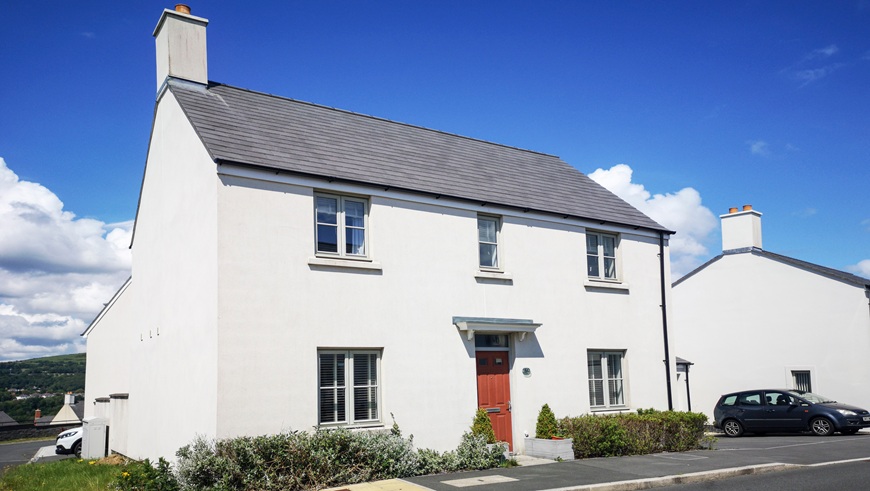
Table of Contents
- How much does external wall insulation cost?
- External wall insulation cost
- Additional costs
- Cost saving grants and schemes
- Labour costs and timeframes
- Types of external wall insulation
- DIY vs professional installation
- Planning permission and regulations
- Cost of removing external wall insulation
- FAQs
- Finding and hiring a professional
But How Much Does External Wall Insulation (EWI) Cost?
External wall insulation will not only reduce your energy bills and help your home to stay warmer, but it also has other benefits, which include:
- Better soundproofing
- Improved weather resistance
- It can help to prevent some types of damp
- Protects your brickwork
- Gives your exterior a fresh appearance
- Eliminates draughts caused by cracks or gaps which the insulation covers
You can usually tell if your property has a cavity wall or a solid wall by looking at the brickwork. A cavity wall looks neat, and the bricks are all laid lengthways. The bricks on a solid wall are laid unevenly both lengthways and crossways.
With rising energy costs and the UK’s plan to achieve Net Zero by 2050, householders are being encouraged to improve their energy efficiency. Installing external wall insulation is one way to achieve this goal.
There are several factors that affect the cost of external wall insulation, and these include:
The Type of Property
A small property like a terraced house will cost less than external wall insulation in a bungalow, semi-detached or detached house.
For example, a terraced house will cost between £8,255 and £10,660, whereas a detached house will cost between £18,669 and £24,160.
But if you have a semi-detached house, then you should expect to pay between £12,192 and £15,744. And a bungalow will cost between £10,160 and £13,120.
Complexity and Access
Labour charges will be higher if the property is an odd shape, scaffolding needs to be erected, or there is difficulty with access.
Materials
The type of material you use will also impact the cost. The cheapest materials you can use are EPS boards, which you can buy for around £12 per m2. The most expensive materials are XPS boards, which cost on average £24 per m2.
If you live in London or the South East of England, then it is likely that you will pay more for goods and services than in other parts of the UK. For instance, labour costs are lower in the Midlands and the North of England than they are in the South. The average labour cost to install solid wall insulation is between £100 and £150 per m2, but you may pay £200 per m2 in London and the South East of England.
Cost Savings
If you combine your EWI insulation with other home improvement projects, you may be able to save costs on hiring scaffolding, skips and labour costs. If you need roof or chimney repairs, now would be a good time to get these jobs done.
The cost of roof repairs varies according to what repairs are carried out. For example, the cost to replace roof tiles is between £100 and £200 per m2. A roof leak, on the other hand, could cost between £150 and £2,000, depending on the severity of the leak. The average price for repointing a chimney is around £600.
The average cost for external wall insulation of a semi-detached house is between £12,192 and £15,744. This investment will give you an annual energy saving of around £235 a year, and the work should last 40 years or more.
How Much Does External Wall Insulation Cost?
| Property | m2 | Insulation | Labour | Finish | Total | Property |
|---|---|---|---|---|---|---|
| Terrace | 65m2 | £12-£24 per m2 | £100-£150 per m2 | £15-£90 per m2 | £127-£164 per m2 | £8,255-£10,660 |
| Semi-Detached | 96m2 | £12-£24 per m2 | £100-£150 per m2 | £15-£90 per m2 | £127-£164 per m2 | £12,192-£15,744 |
| Detached | 147m2 | £12-£24 per m2 | £100-£150 per m2 | £15-£90 per m2 | £127-164 per m2 | £18,669-£24,108 |
| Bungalow | 80m2 | £12-£24 per m2 | £100-£150 per m2 | £15-£90 per m2 | £127-£164 per m2 | £10,160-£13,120 |
External Wall Insulation Cost:
As you can see from the chart, external wall insulation costs vary between £12 and £24 per m2. The following chart gives you an outline of the material you can use and the cost per m2 of each one.
| Insulation Type | Cost Per m2 |
|---|---|
| EPS | £12 |
| Mineral Rock Wool | £20 |
| XPS Board | £24 |
| Woodfibre | £21 |
| Corkboard | £21.75 |
| PIR | £14.50 |
On top of the insulation, you have to add the cost of rendering or cladding. Rendering is the cheaper option and will cost between £15 and £80 per m2 for the materials and labour. Cladding materials and labour will cost between £50 and £90 per m2.
Additional Costs
Carrying out exterior wall insulation will also mean you may have additional costs to add to your budget, and these include:
Surface Preparation
Before solid wall insulation can be installed, the walls of your property need to be in good repair. Old insulation may need to be removed, or brickwork could need to be repaired.
The cost of removing old insulation is on average between £25 and £45 per m2. That would make the removal of insulation on a terraced house between £1,625 and £2,925.
Repairs to brickwork will depend on the amount that needs doing and the type of repair. For example, repointing the brickwork on the wall of a house will cost between £25 and £50 per m2. If you need to replace brickwork, then the costs will be on average between £10 and £28 per brick.
Scaffolding Hire
If scaffolding is not included in the quote from your installer, then you might have to arrange and pay for the hire yourself. The average cost of scaffolding hire is between £650 and £800.
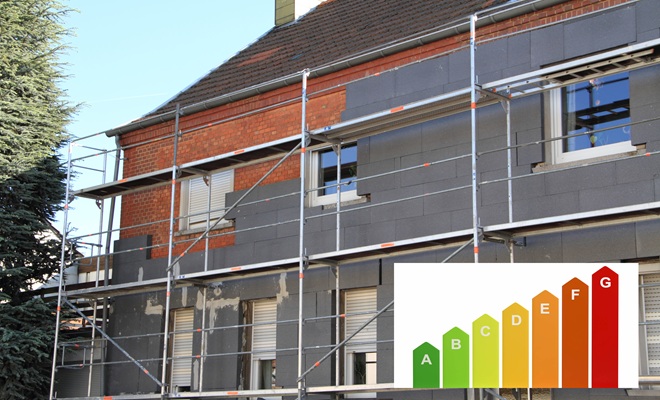
Waste Disposal
If you need to hire a skip to dispose of waste from the insulation or from the removal of old insulation, then you should expect to pay between £180 and £320, depending on the size of the skip.
Gutter Replacements
The average cost of replacing old guttering ranges from £450 to £600, depending on the size of your property and the type of guttering you choose to install.
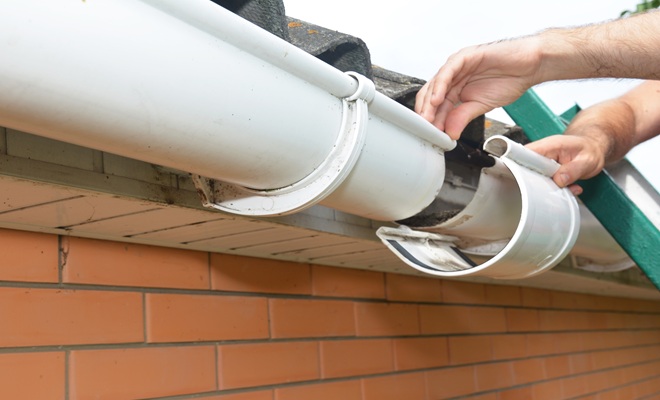
Ventilation Upgrades
Installing insulation could mean you need to improve ventilation in your home to avoid condensation and damp. Trickle vents, for example, are cost-effective ways of providing ventilation. These vent types fit into windows or door frames. The cost to supply and install trickle vents is between £40 and £50 each.
Planning Permission
If you live in a conservation area or your home is a listed building, then you will need planning permission to install solid wall insulation. A Householder Application is currently £258 or £548, depending on the work that’s being carried out.
Cost Saving Grants and Schemes
Currently, there are two grant schemes available to householders who fit the criteria, and both come from energy companies.
The Energy Company Obligation (ECO4)
ECO4 offers a range of grants to eligible householders to improve energy efficiency in their properties. This means you can apply for more than one upgrade.
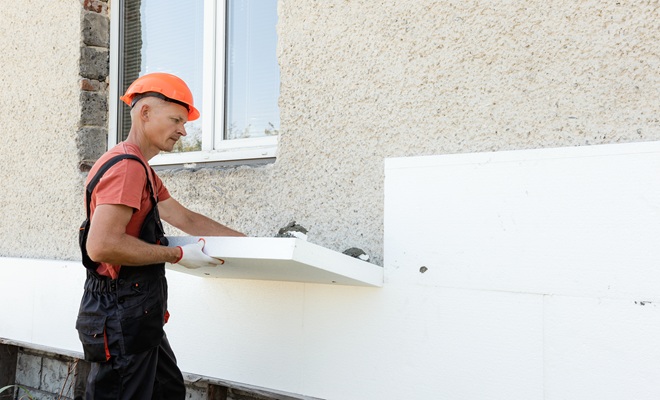
The Great British Insulation Scheme (GBIS)
You can only apply to use this scheme for one energy-saving measure. A home assessment is carried out on your property. You are then advised which energy-saving upgrade is best for your property.
Both these schemes are available until 2026. To be eligible for an external wall insulation grant, you need to fulfil the following criteria:
- You must own your home or be a landlord
- Your gross annual income cannot be more than £31,000
- You receive government benefits
- Your home has an EPC rating of E, F or G
If you don’t receive benefits but you are struggling to pay energy bills, or you have a health condition, you may still be eligible for external wall insulation under the Local Authority Flexible Eligibility Scheme (LA FLEX).
Cost Breakdown Calculator
Material
Labour
Finish
Labour Costs and Timeframes
External wall insulation will often include labour and materials, as it will be priced as a complete job. If labour is priced separately, then it is usually per m2 and between £100 and £150.
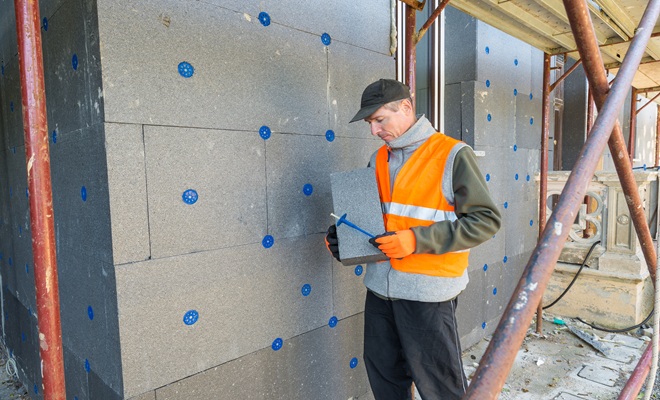
Installation time depends on the size of the property, but will normally take between 5 and 14 days. This could be spread over a period of weeks if the weather conditions mean work has to be stopped. Other factors which influence installation time include whether repairs need to be carried out on the walls, old insulation removed or difficulty with access.
What is External Wall Insulation?
External Wall Insulation (EWI)
External wall insulation is carried out when insulation material is fixed to your external walls with strong adhesive and fixings. It is then covered with reinforced mesh and given a final render or covered with cladding.
The material you choose for the final rendering or cladding will influence the total cost of the insulation. Choices include:
EPS
Expanded Polystyrene boards are the most cost-effective insulation material you can buy. They are also lightweight and easy to handle.
Average Cost: £12 per m2
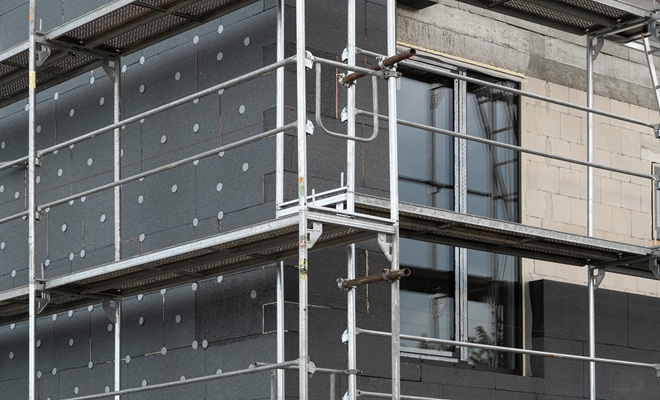
Pros of EPS:
- ✔ Water Resistant
- ✔ Durable
- ✔ Easy to install
Cons:
- ✖ Non-biodegradable
- ✖ May be prone to water absorption over time
Mineral Rock Wool
Mineral rock wool is a sustainable, breathable material that gives good fire and sound protection.
Average Cost: £20 per m2
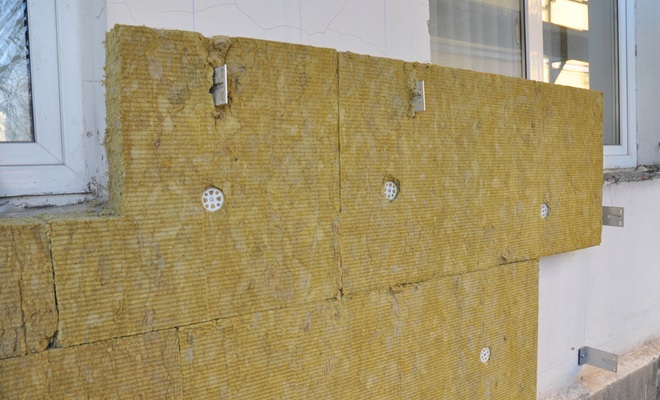
Pros of Mineral Rock Wool:
- ✔ It’s a breathable material which reduces the risk of condensation in your home
- ✔ Resistant to mould and rot
- ✔ Fireproof
Cons:
- ✖ More expensive than most other materials
- ✖ Heavy to work with, making installation more labour-intensive
XPS Board
XPS board is a rigid foam insulation board which has excellent moisture resistance and good thermal insulation.
Average Cost: £24 per m2
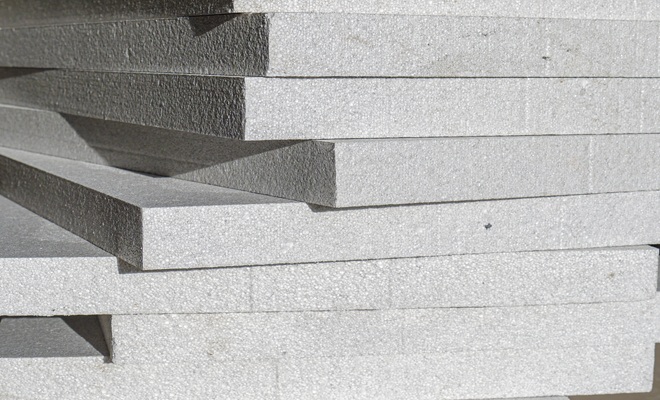
Pros of XPS Board:
- ✔ Excellent water resistance
- ✔ Light and easy to handle
- ✔ Some brands have a 40-year warranty
Cons:
- ✖ More expensive than other insulation materials
- ✖ Maybe difficult to recycle
Woodfibre
Woodfibre is an ideal material if you are looking for a sustainable, eco-friendly insulation. The boards are made from wood fibres without the use of chemicals.
Average Cost: £21 per m2
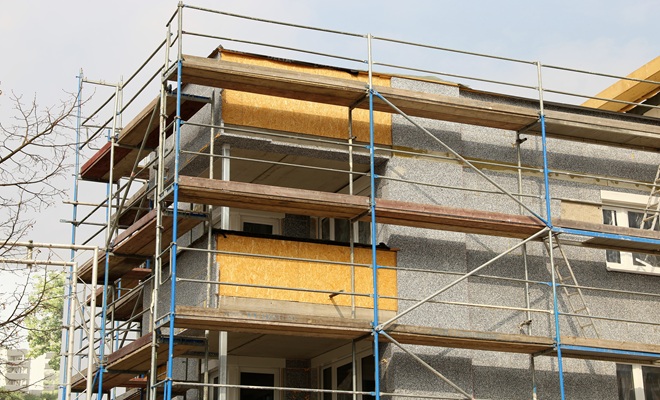
Pros of Woodfibre:
- ✔ Environmentally friendly
- ✔ Easy to install
- ✔ Strong and durable
Cons:
- ✖ It is more expensive than most other insulation types
- ✖ CO2 and energy emissions for transportation are higher than materials manufactured closer to home
Corkboard
Corkboard is a natural material that’s easy to install and has high energy efficiency. Another good choice for householders who want an eco-friendly material.
Average Cost: £21.75 per m2
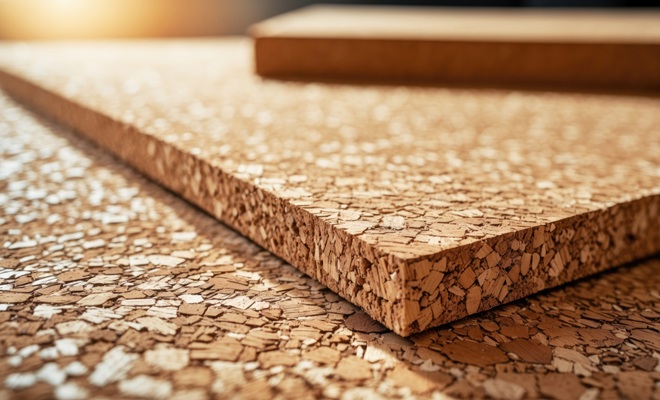
Pros of the Corkboard:
- ✔ Breathable material
- ✔ Fire resistant
- ✔ Good soundproofing
Cons:
- ✖ May be susceptible to water ingress over time
- ✖ Installation can be complex
PIR
Polyisocyanurate Insulation (PIR) is a foam board known for its strength and durability. It is popular with householders who want a long-lasting insulation material at an affordable price.
Average Cost: £14.50 per m2
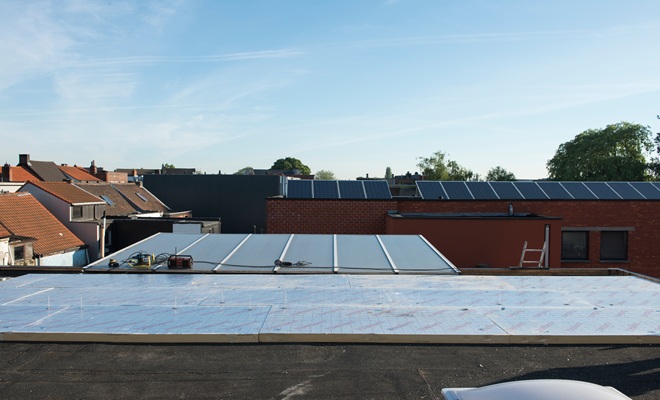
Pros of PIR:
- ✔ Can last up to 50 years
- ✔ Smoke and flame resistant
- ✔ Excellent energy-saving properties
Cons:
- ✖ Not an environmentally friendly option
- ✖ May degrade if exposed to strong sunlight over time
Another part of external wall insulation that may impact the cost is your choice of cladding or rendering for the finish. Choices include:
Acrylic Render
Acrylic render can be applied with colour and a smooth or rough surface. It’s easy to apply and dries quickly.
Cost: £30 - £45 Per m2
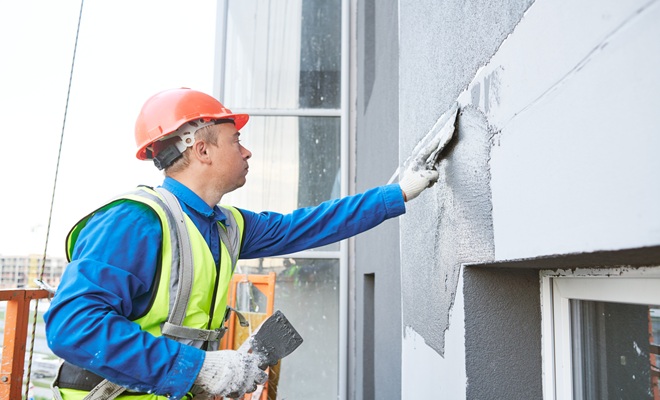
Pros of Acrylic Render
- ✔ Doesn’t crack
- ✔ Long-lasting
- ✔ Can be coloured
Cons:
- ✖ Not as breathable as some other render options
- ✖ Risk of moisture retention
Cement Render
Cement render is an affordable choice, but it is labour-intensive to apply as it needs more than one coat.
Cost: £10 - £12 Per m2
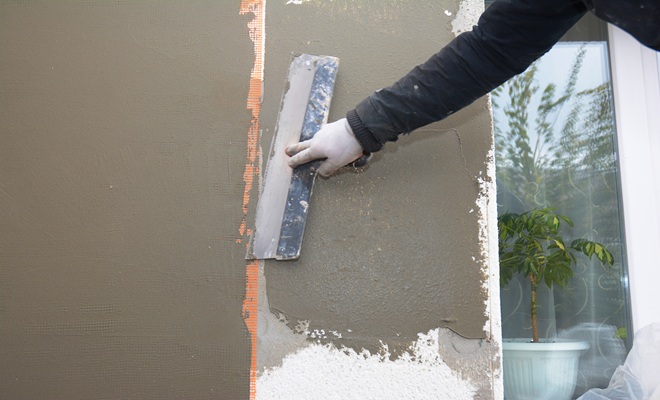
Pros of cement render:
- ✔ Cheap option
- ✔ Durable
Cons:
- ✖ May crack over time
- ✖ It may be expensive to install
Silicone Render
Silicone render is popular because it repels water and is a low-maintenance option.
Cost: £45 - £55 Per m2
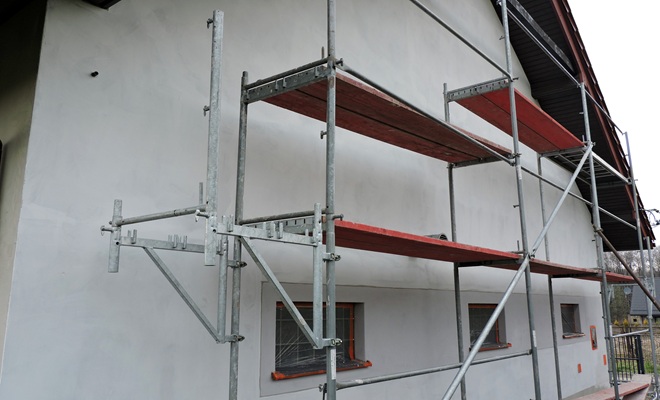
Pros of Silicone Render:
- ✔ Water-repellent
- ✔ Durable
Cons:
- ✖ Colour may fade over time
- ✖ More expensive than some other options
Lime Render
Lime render is a breathable option, meaning there is less risk of condensation and damp.
Cost: £18 - £22 Per m2

Pros of Lime Render:
- ✔ Breathable
- ✔ Doesn’t crack
- ✔ Looks appealing
Cons:
- ✖ Needs careful application
- ✖ Must be regularly maintained
Decorative Cladding
Cladding is more expensive than render or brick, but it can make a big difference to the appearance of your home. You can either choose a natural material or an artificial one that looks like another material. Popular cladding styles are:
Natural Stone: Stone cladding isn’t a cheap option, but it is popular with homeowners who want to use a natural material.
Cost: £90 - £110 Per m2
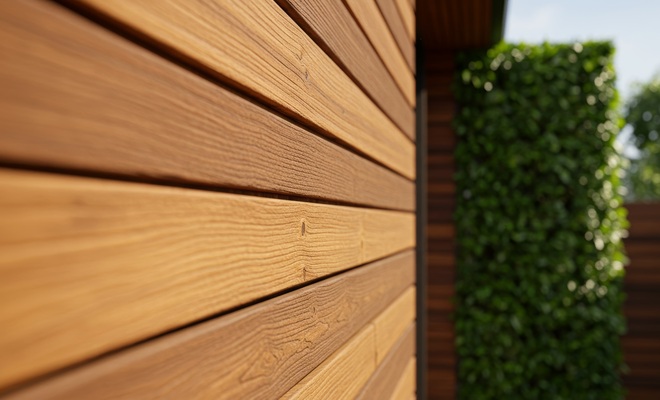
Pros of Natural Stone:
- ✔ Durable
- ✔ Fire resistant
- ✔ Very low maintenance
Cons:
- ✖ Expensive to buy and install
- ✖ Heavy material - Your home may need an inspection by a structural engineer
Brick-Slips
This is a traditional look for a home and is installed by cutting standard bricks into slips and then fitting them on top of your solid wall insulation.
Cost: £30 - £95 Per m2
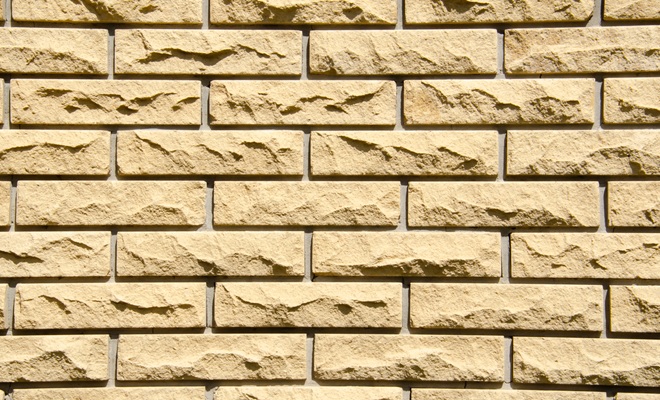
Pros of Brick Slips:
- ✔ Reasonably priced
- ✔ Likely to meet with any planning or building regulations
- ✔ Fire resistant
Cons:
- ✖ No choice of design or colour
- ✖ May be prone to water ingress over time
Fibre Cement Cladding
Fibre cement cladding looks like wood, but it is resistant to mould and rot.
Cost: £50 - £145 Per m2
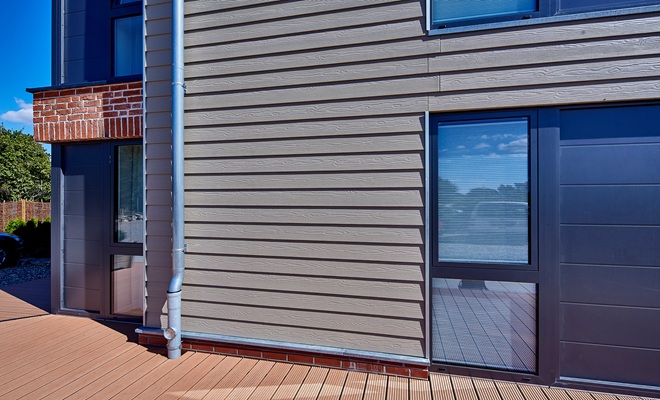
Pros of Fibre Cement Cladding
- ✔ Cheaper than wood
- ✔ Fade resistant
- ✔ Durable
Cons
- ✖ May absorb moisture over time
- ✖ Not as efficient as other materials at retaining heat
Wood Cladding
Like natural stone, wood is a natural material that will give your home a rustic look.
Cost: £10 - £90 Per m2
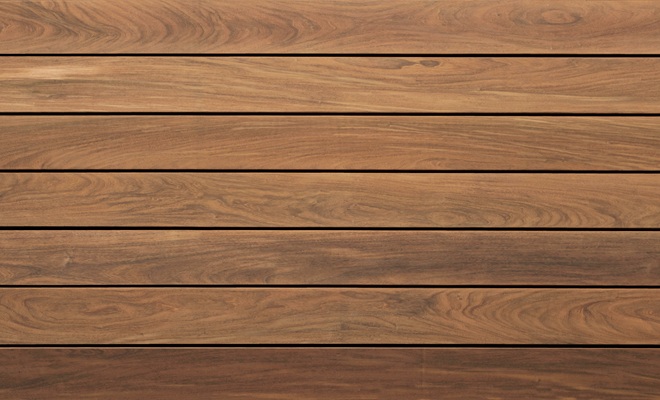
Pros of Wood Cladding
- ✔ Affordable
- ✔ Recyclable
- ✔ Environmentally Friendly
Cons:
- ✖ Needs a good deal of maintenance
- ✖ Needs treatment for fire resistance
uPVC Cladding
UPVC are lightweight and easy to install. They are available in a range of colours, and it is a good low-maintenance option.
Cost: £30 - £65 Per m2
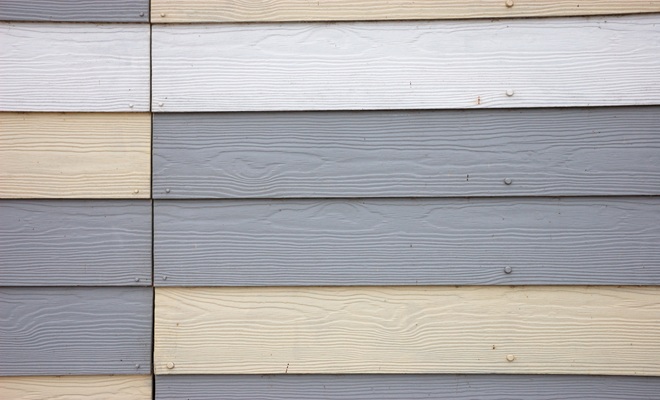
Pros of uPVC Cladding:
- ✔ Easy to Install
- ✔ Cheaper to buy than many other types of material
- ✔ Fire resistant
Cons:
- ✖ Can become brittle and break from the sun over time
- ✖ It’s not a natural look
The Benefits of External Wall Insulation:
The insulation will last up to 40 years before it needs renewing. Other benefits include a reduction in CO2 emissions and, most importantly, annual energy savings of between £140 and £700, depending on the size of your property, with at least 35% less heat loss from your home.
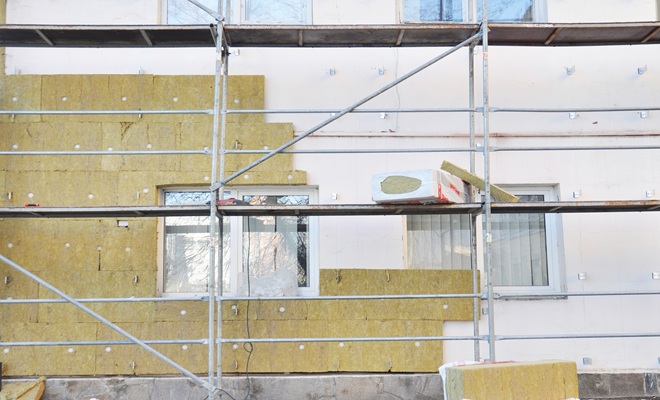
The Drawbacks of External Wall Insulation:
The biggest drawback is cost. It is a big investment if you’re not eligible for a grant. People in conservation areas or listed buildings also have planning constraints, especially when it comes to the final render.
Another drawback can be caused by poor workmanship. A poorly installed insulation can cause thermal bridging.
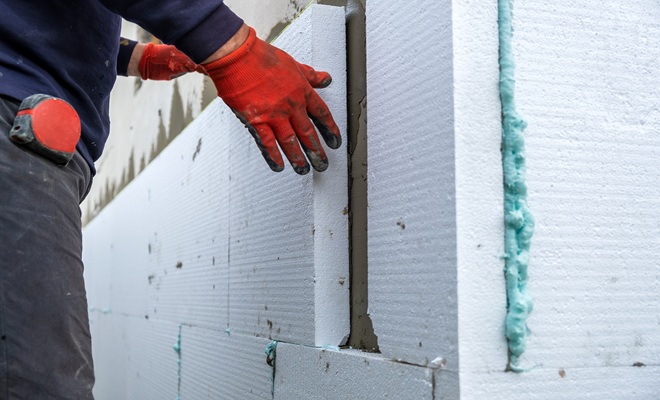
Thermal bridging can occur when there is a gap in the insulation, which creates a weak area in the wall. It means a home will lose heat from these weak areas, so that the insulation doesn’t work as efficiently as it should.
DIY vs Professional Installation
DIY Installation
Unfortunately, DIY installation isn’t recommended for external wall insulation. It is a complex job which needs to be carried out by an experienced team who are used to the complexities of an installation. It could also mean working at height, which means adhering to health & safety standards.
Any mistakes in a DIY insulation project could result in an inefficient installation that may cause problems such as damp, thermal bridging and condensation. DIY also means the work has no guarantee or warranty.
Professional Installation
A certified installer should provide a quality installation that complies with building regulations and is guaranteed.
A contractor who is registered with the Solid Wall Insulation Guarantee Agency (SWIGA) and installs insulation systems covered by the SWIGA System Certificate has a guarantee for 25 years. This guarantee will continue even if your original installer is no longer trading.
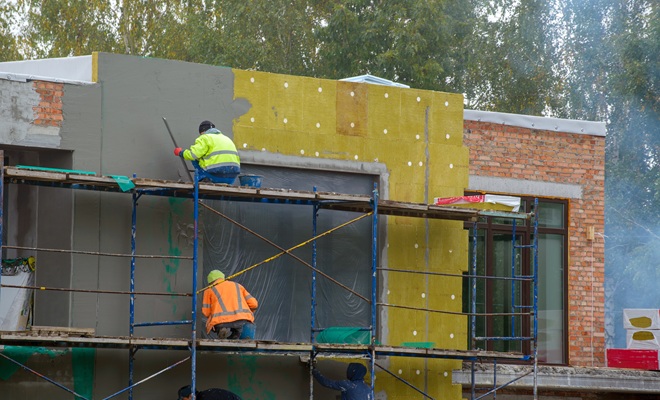
Other contractors may offer private insurance guarantees. Ofgem have a list of ECO appropriate guarantees with coverage details and the email and address of the insurance company.
Planning Permission and Regulations
You don’t need planning permission to install external wall insulation because it is considered to be permitted development unless you live in a listed building, in a conservation area, or the installation will change the appearance of your property.
However, you will need to comply with building standards if you are covering 25% or more of your exterior walls with insulation.
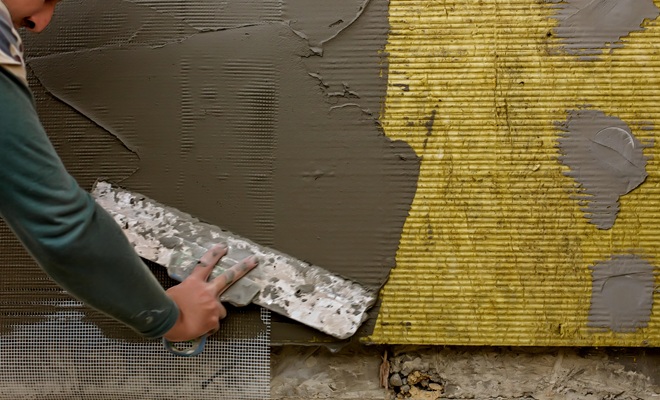
The regulations state the insulation should meet the required U-Value, fire safety and moisture control. You may also need a structural engineer to assess whether your home can support the extra weight of the insulation and cladding.
Your local building control department can advise you, or you can read the information available on the Planning Portal. Qualified, accredited installers will know the rules and regulations regarding installation and adhere to them.
Cost of Removing External Wall Insulation
An old solid wall insulation should be removed before a new one is installed. The cost of removing old external wall insulation is between £25 and £45 per m2.
Removal costs per average property would therefore be:
| Type Of Property | Average Removal Costs |
|---|---|
| Terrace House | £1,625 - £2,925 |
| Semi-Detached House | £2,400 - £4,320 |
| Detached House | £3,675 - £6,619 |
| Bungalow | £2,000 - £3,600 |
FAQs
Finding and Hiring a Professional
When you want to find and hire an EWI installer, you check if they have any certifications or accreditations:
PAS 2030 - 2035
The PAS 2030 - 2035 Installer Scheme is for professionals who are carrying out retrofit projects in a home, including the installation of energy-saving projects such as solid wall insulation.
A contractor with PAS accreditation has undertaken specific training, including coursework and assessments within the topic of energy efficiency measures. The certification demonstrates their competence in completing installations for EWI according to PAS specifications and standards.
The National Insulation Association (NIA)
Members of the NIA commit to complying with industry standards and following best practice guidelines. Solid Wall Insulation projects may also be eligible for OFGEM or TrustMark-approved guarantees.
TrustMark
TrustMark is a government-approved quality scheme that covers work carried out in your home. Using a TrustMark-registered installer means all works should be carried out to a high standard according to the TrustMark code of conduct. Plus, if problems do arise, TrustMark have processes in place to assist customers.
You can find an installer with certifications and/or accreditations by asking family or friends for recommendations. Another way is to use online directories like PriceYourJob, which can find reliable installers near you.
When you speak to installers, always ask if they have references or a website with customer testimonials. Also, find out if they can show you any previous examples of their work.
Make sure they provide a guarantee or warranty, such as those offered by SWIGA or approved by OFGEM.
Get at least quotes and ask that the installer include the following information in the quote:
- Scope of works
- Payment schedule
- Timeframe
Only accept quotes that are delivered in writing, either to you directly or by email.
Finally, check that each contractor has the appropriate insurance in place and that it is up to date. A company with employees should have Public Liability Insurance and Employees’ Liability Insurance.









